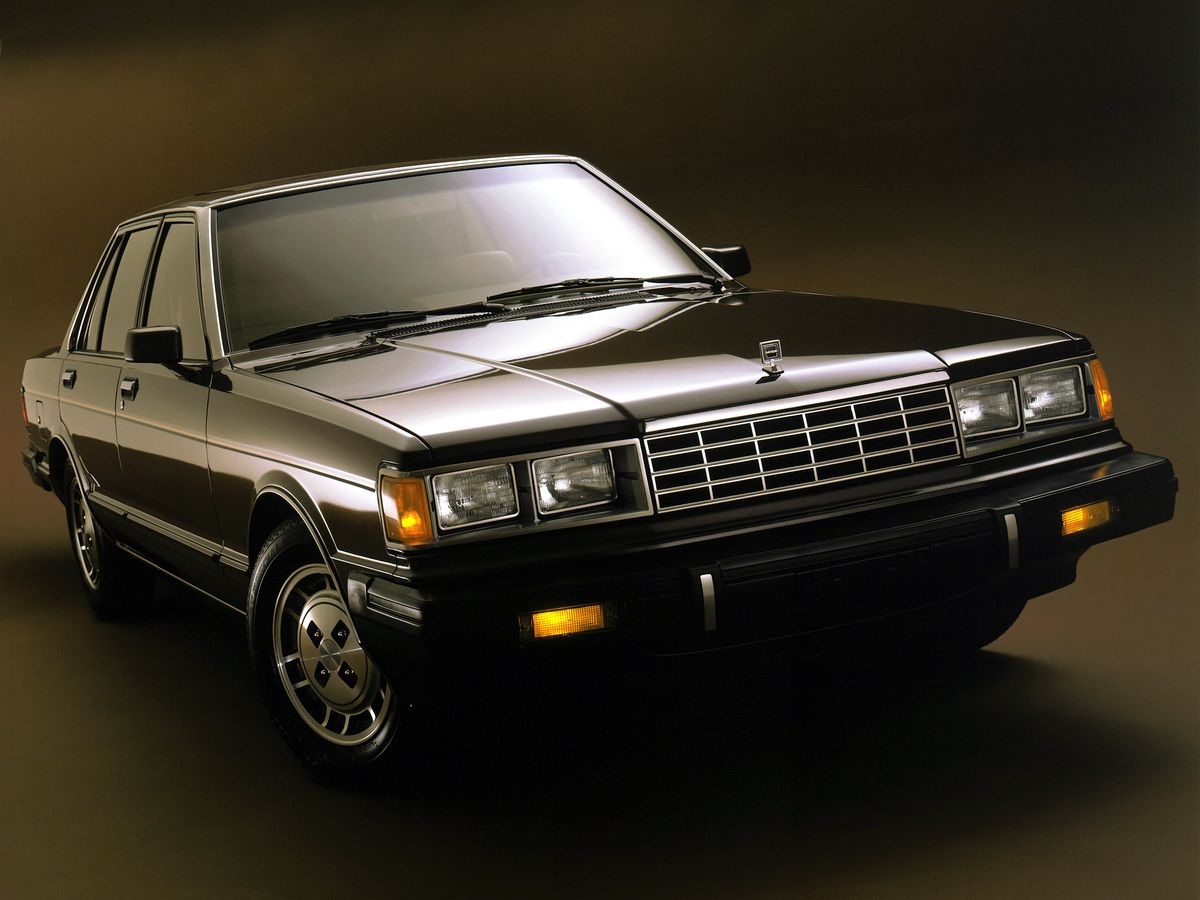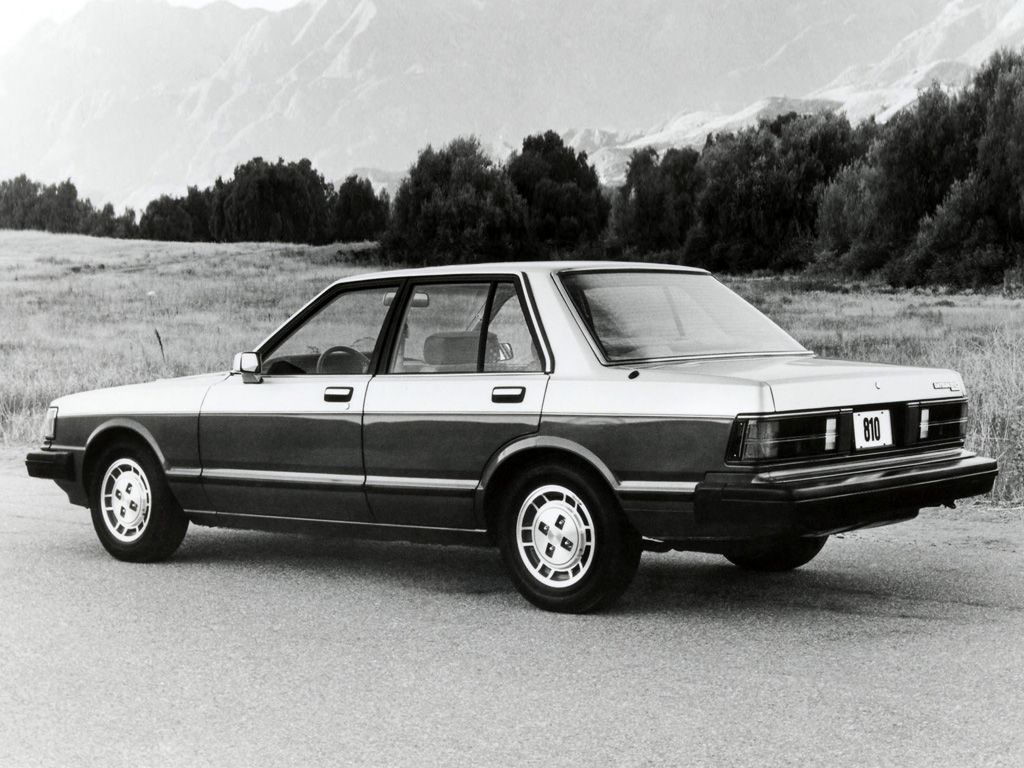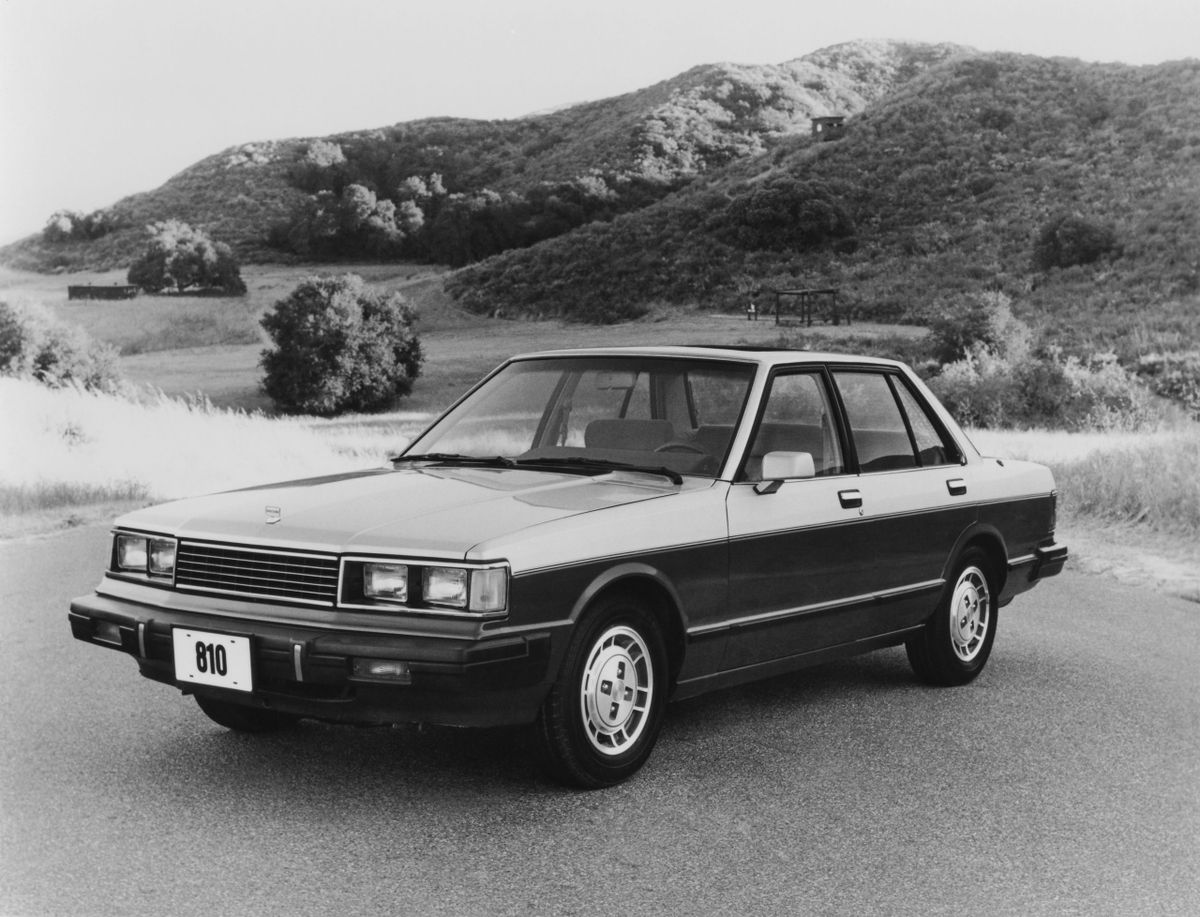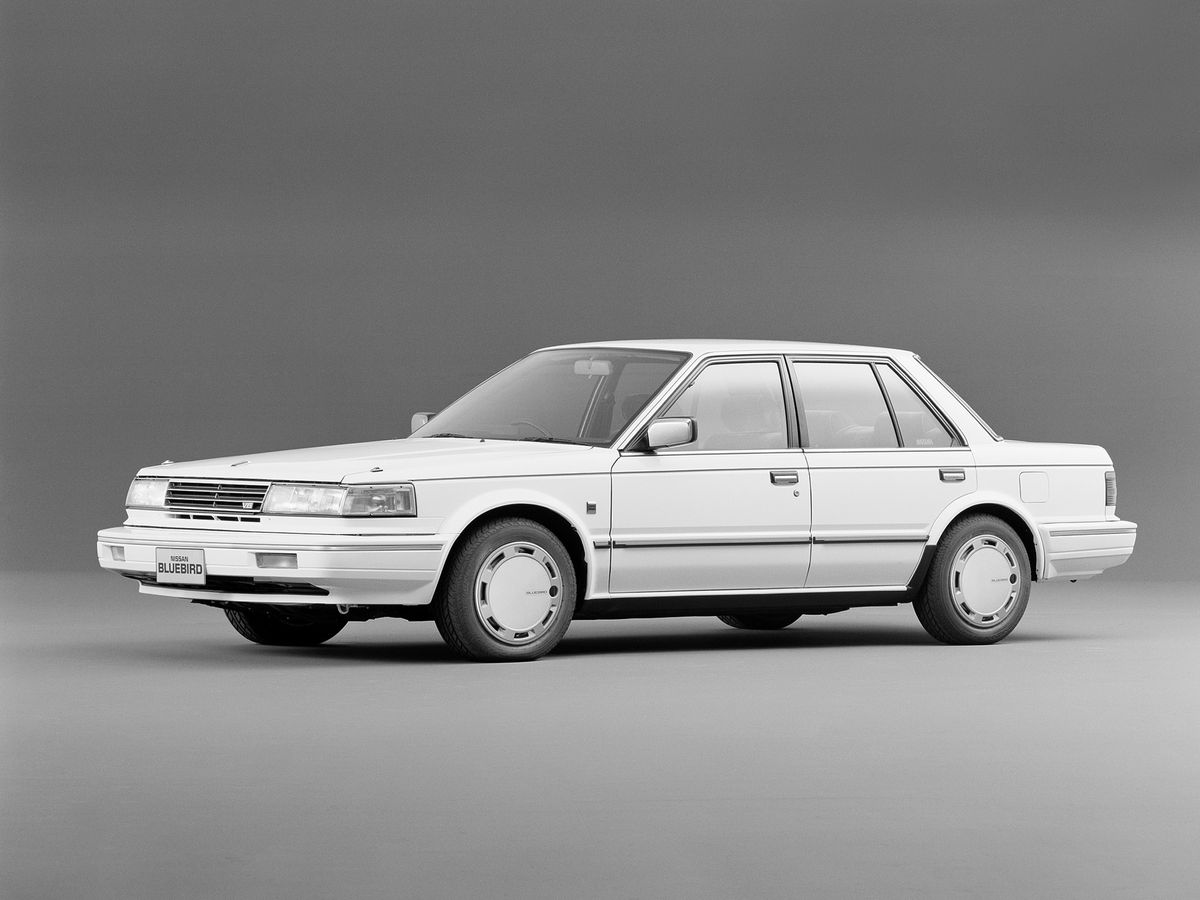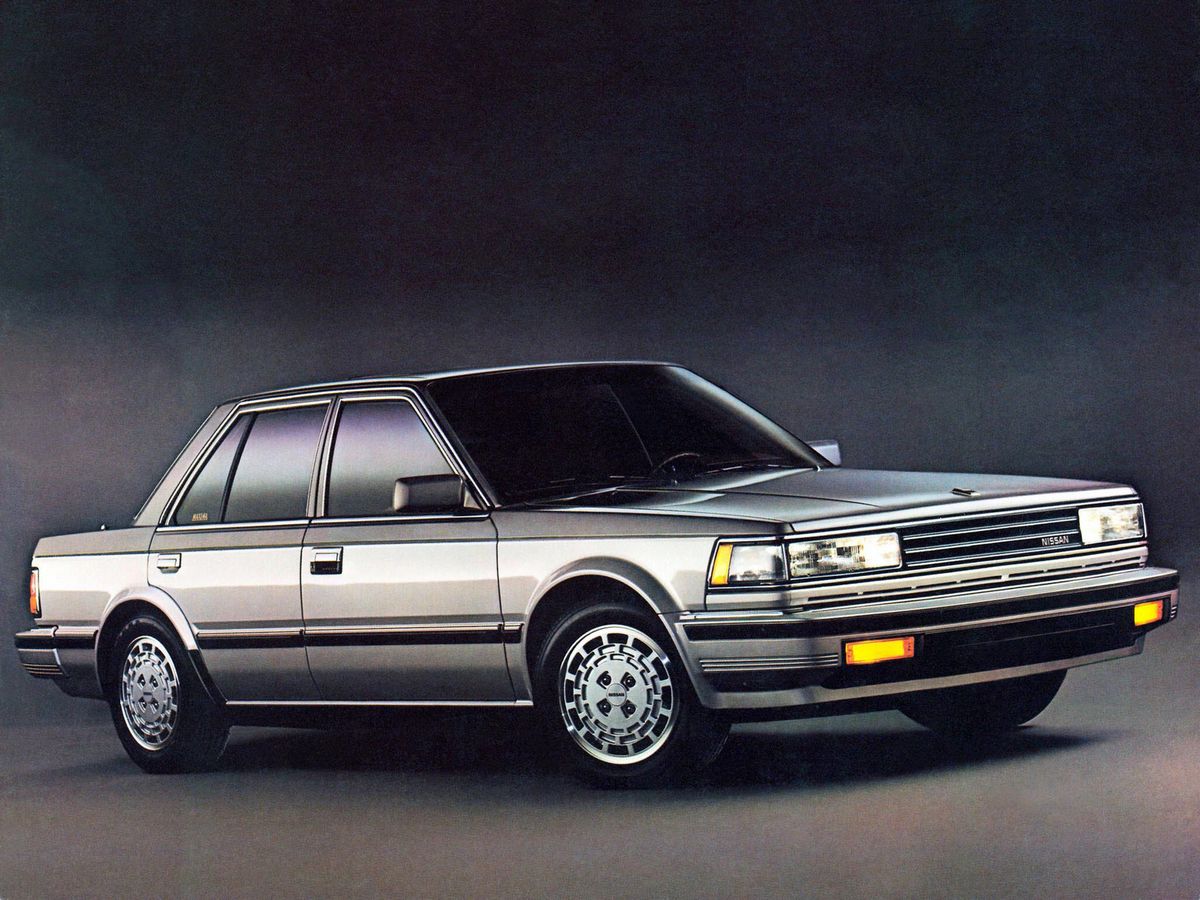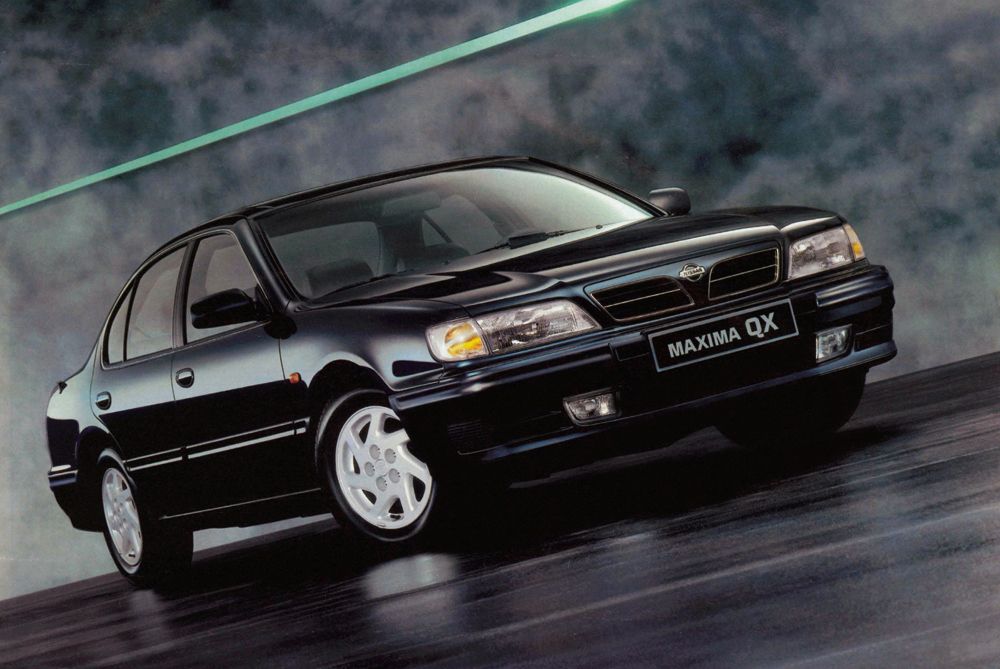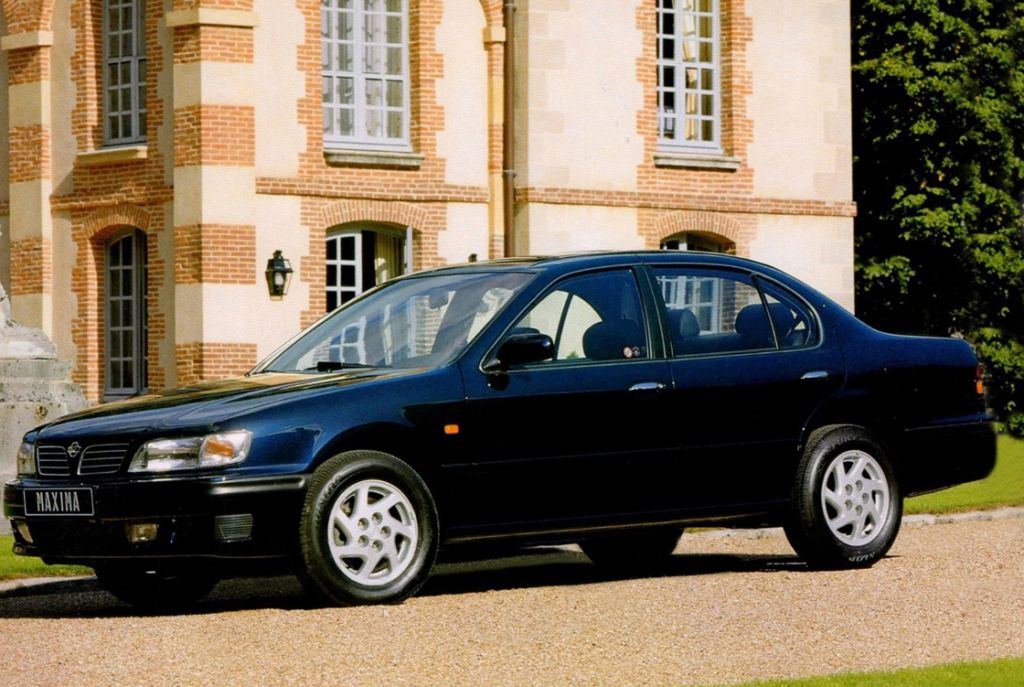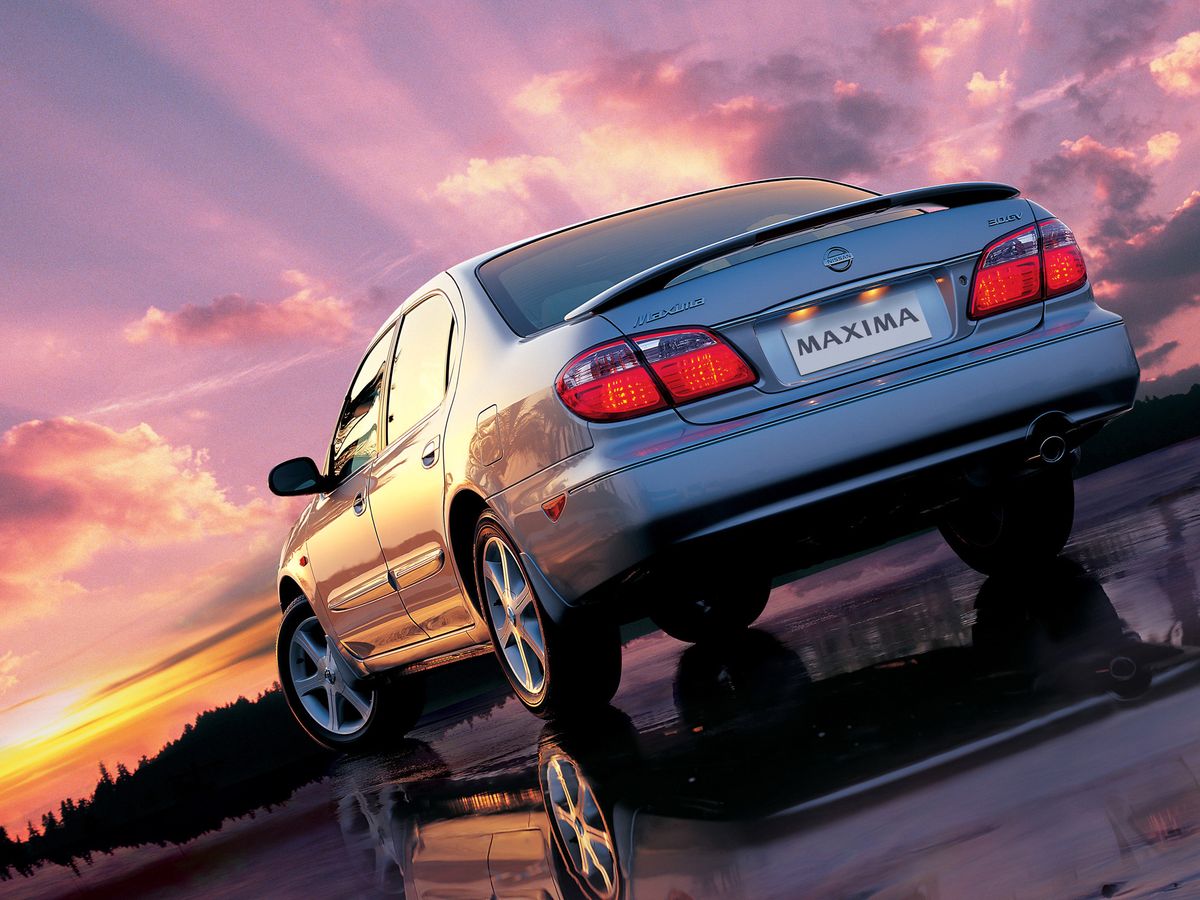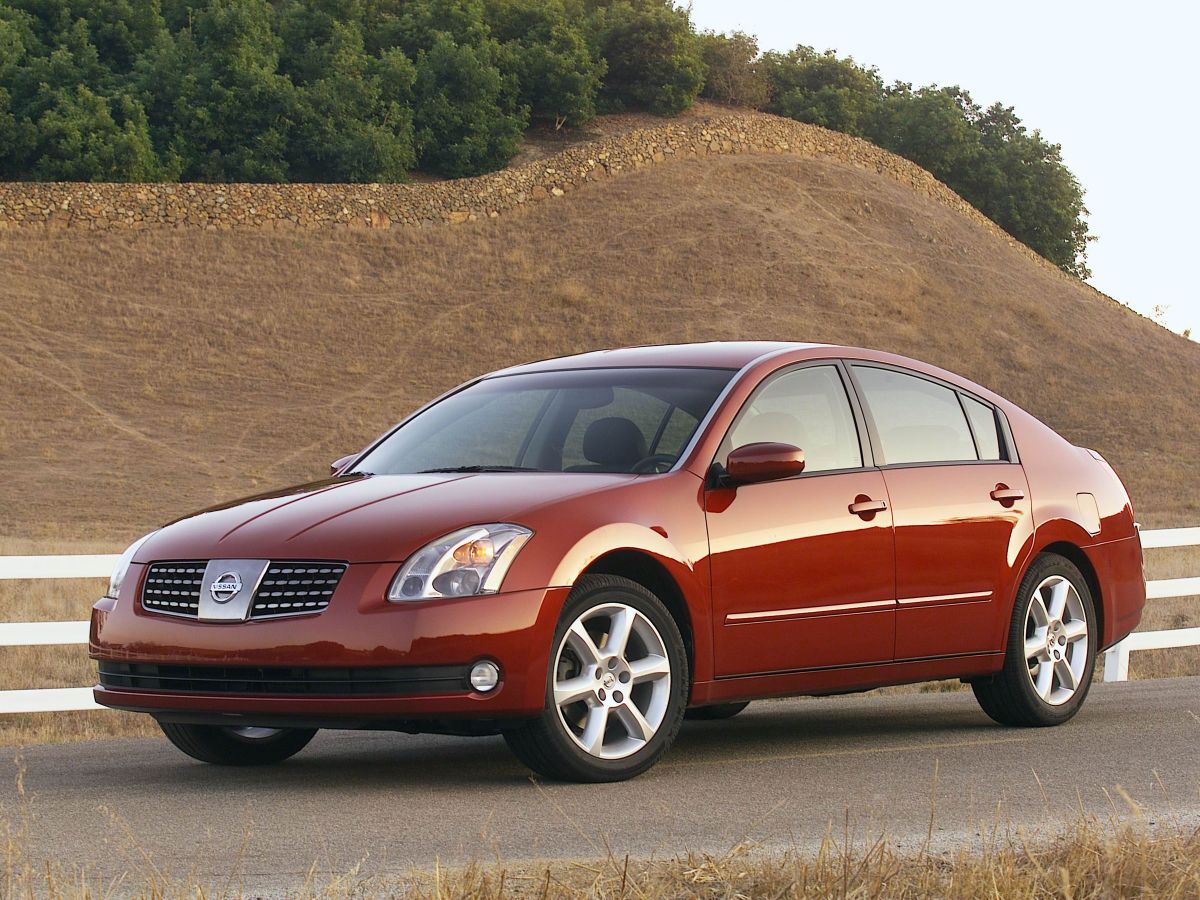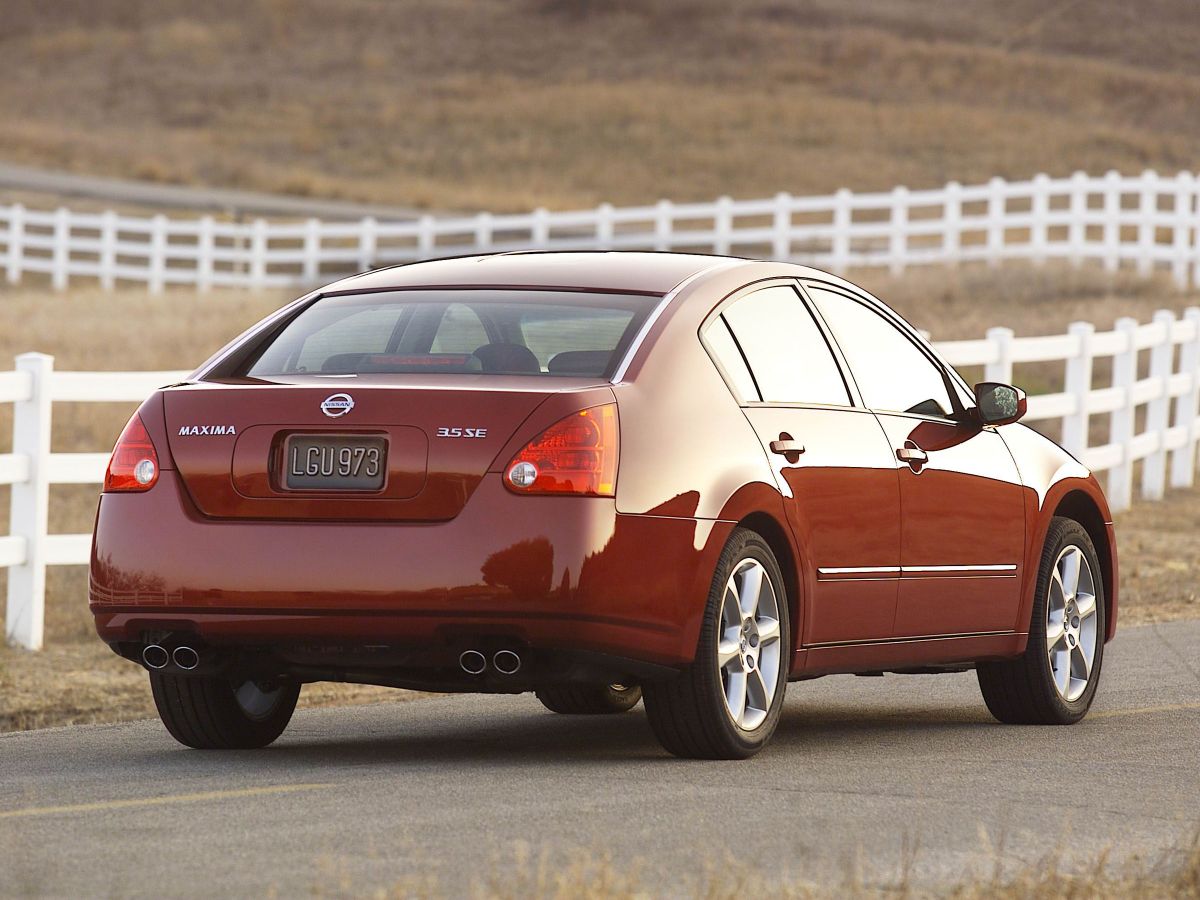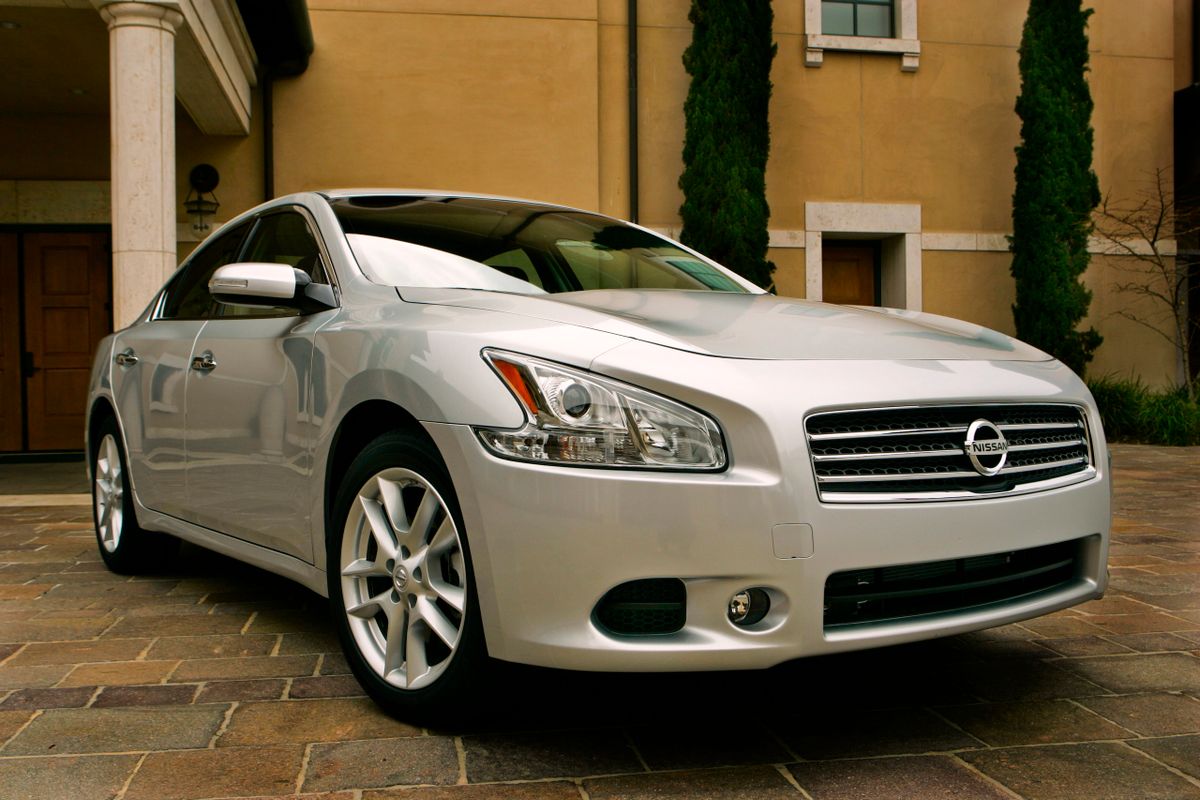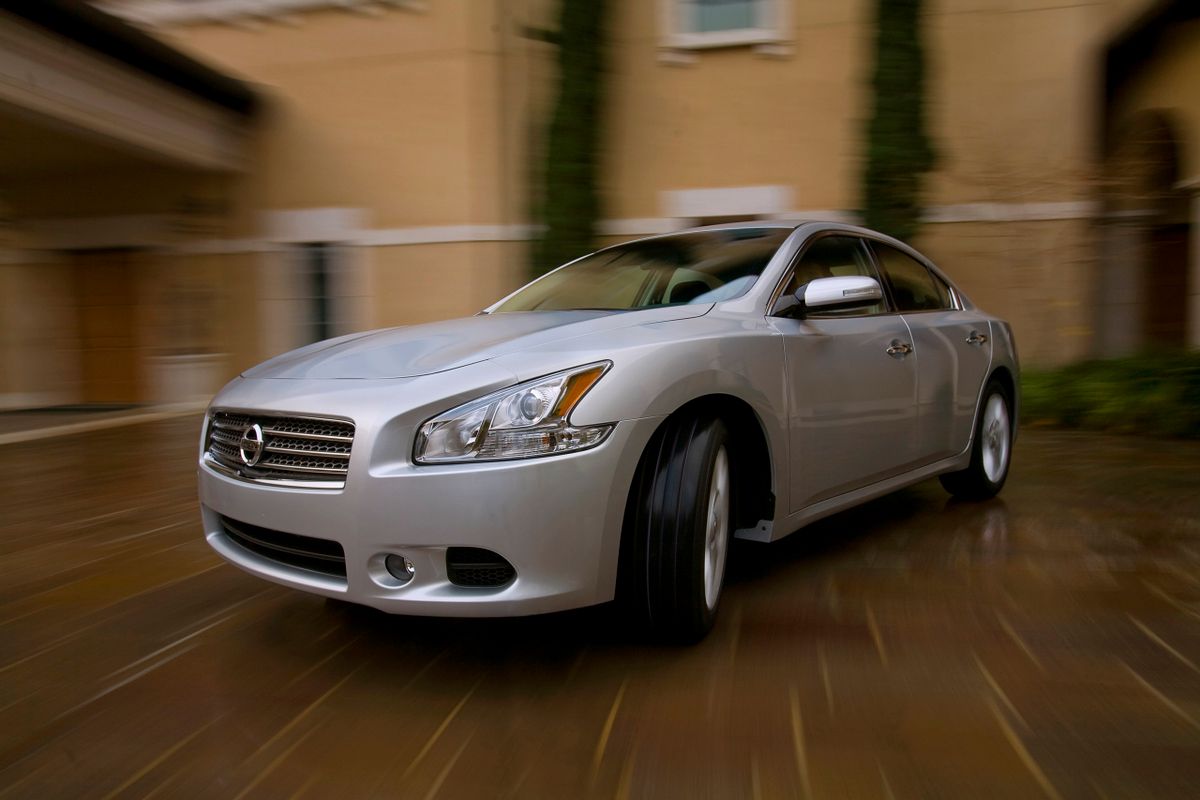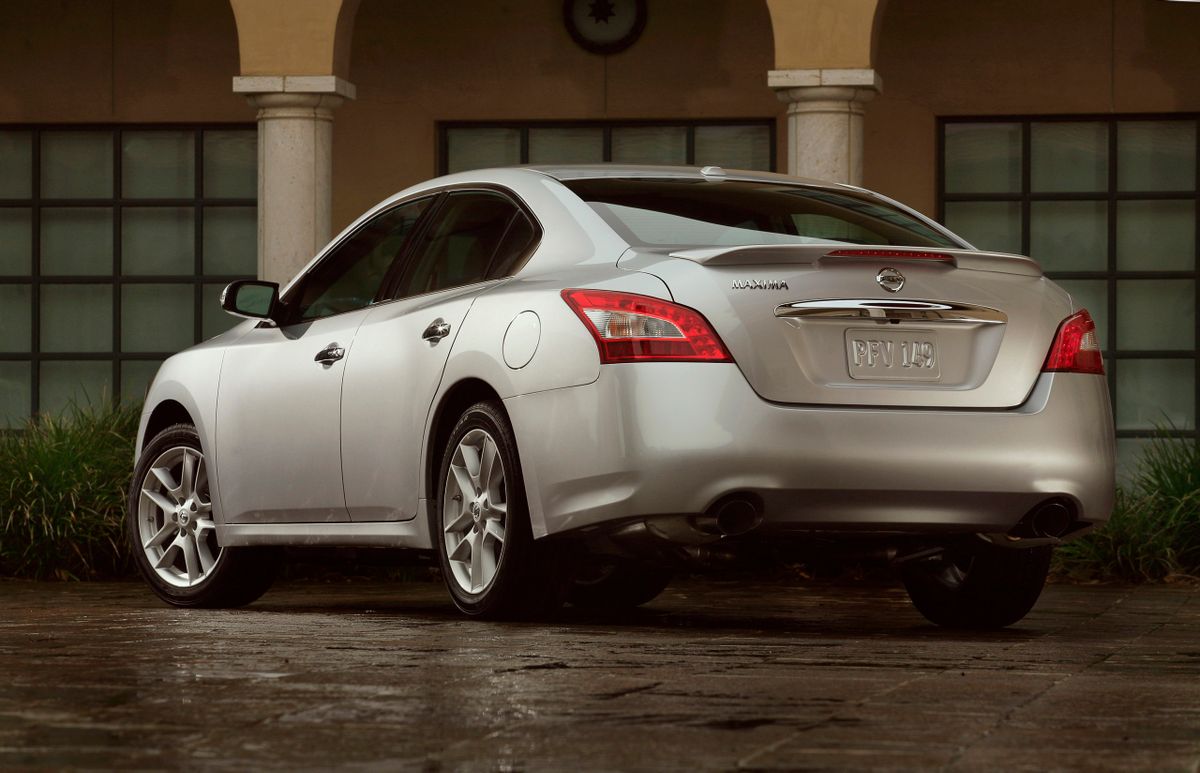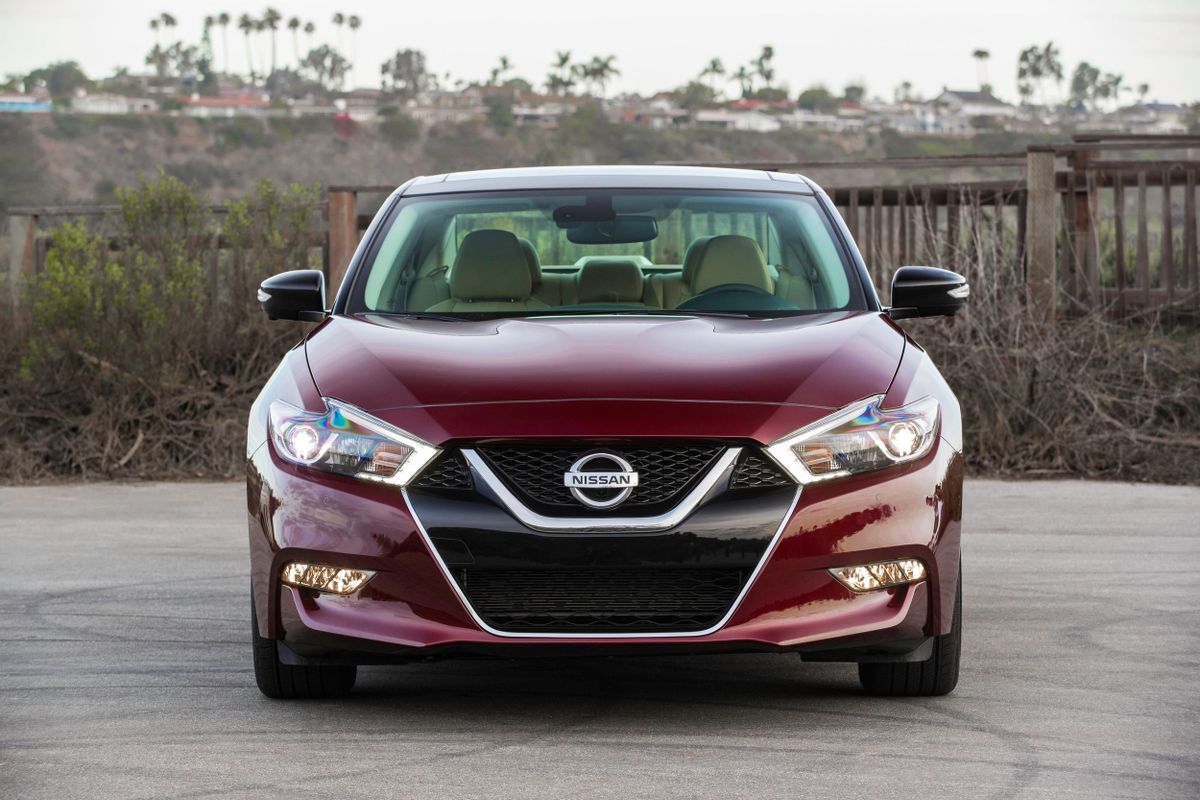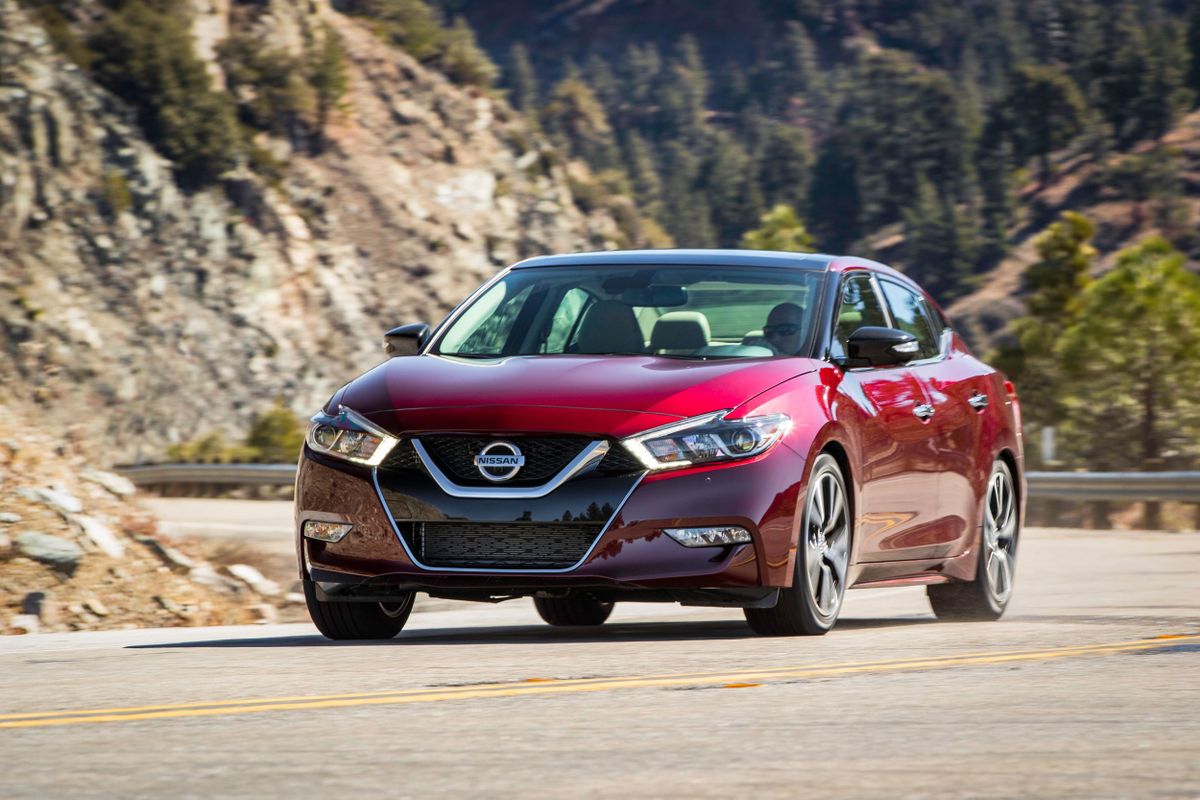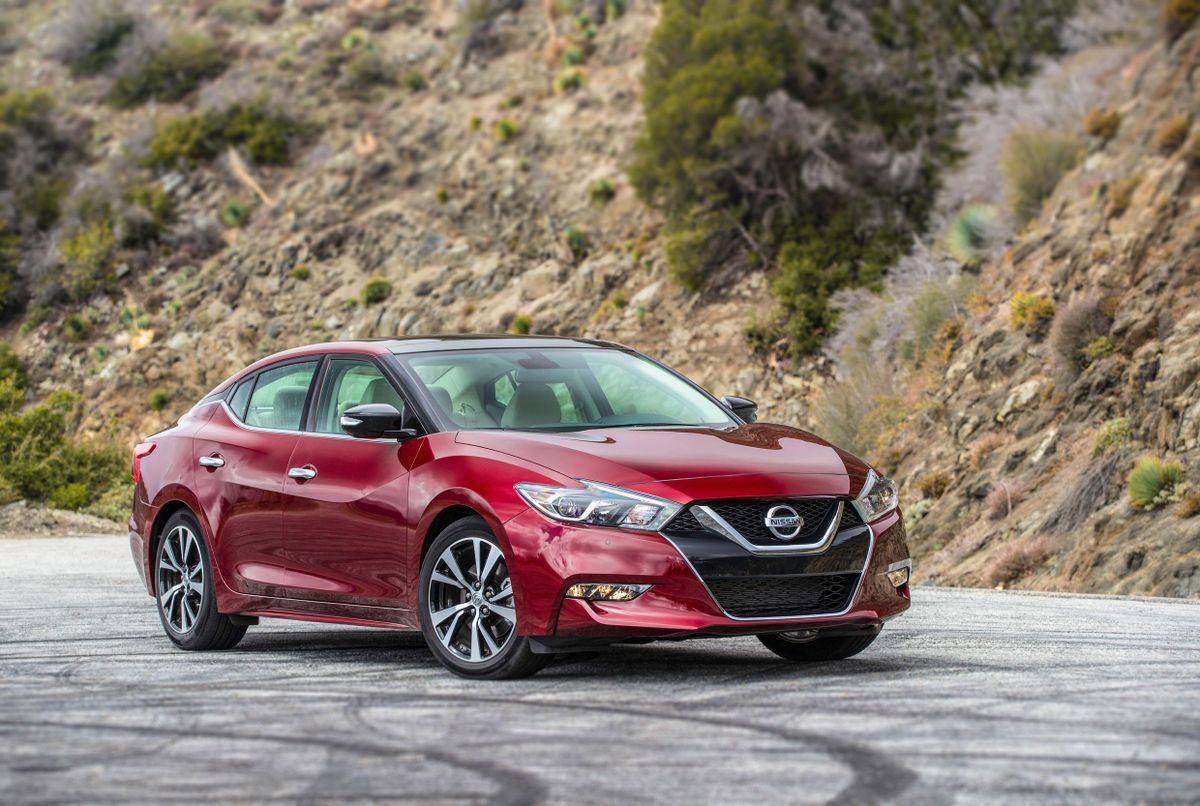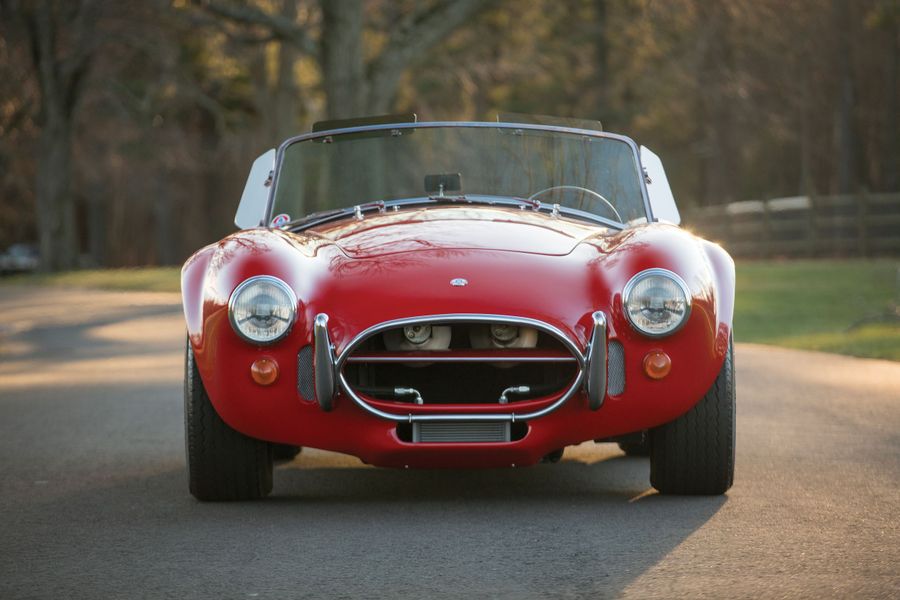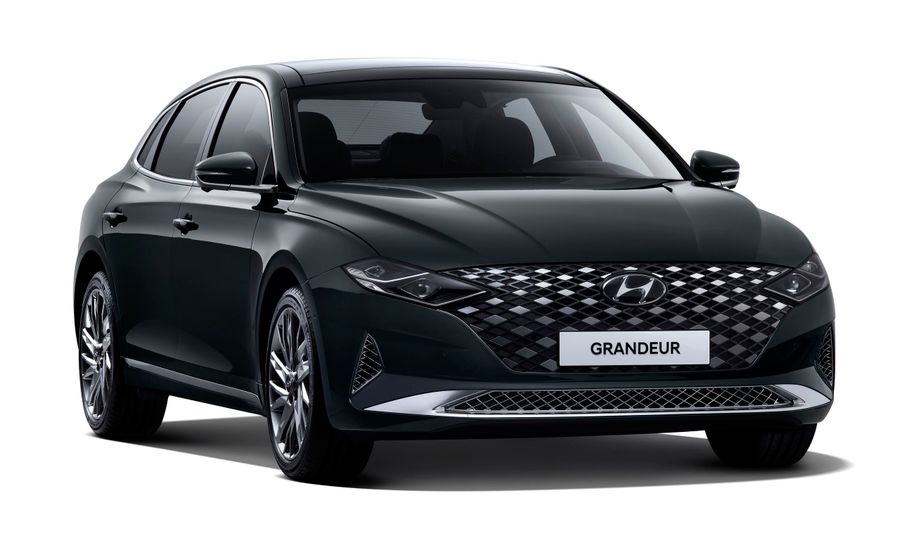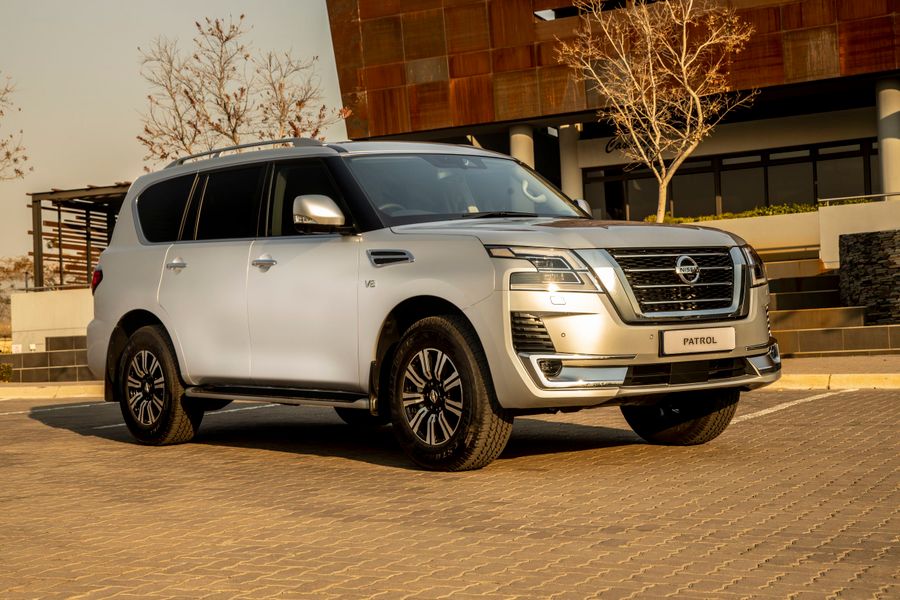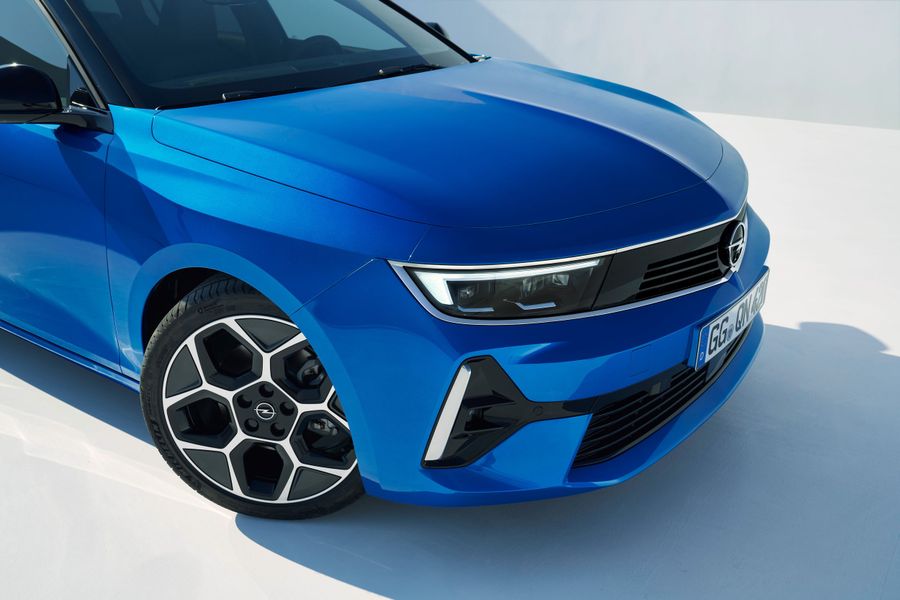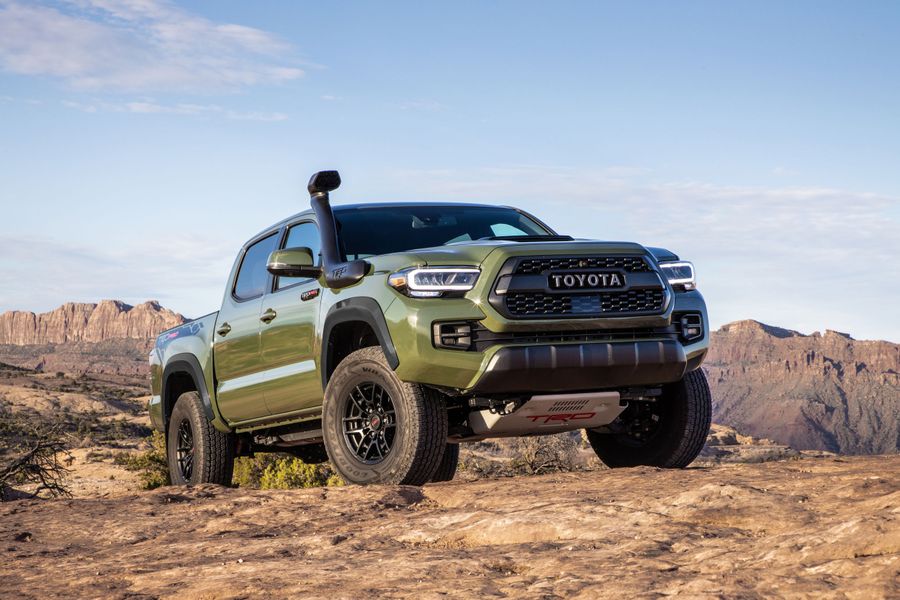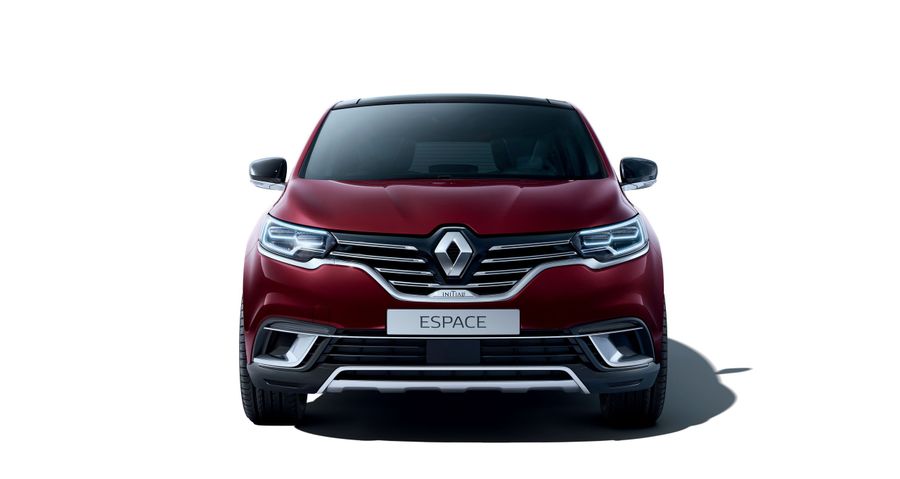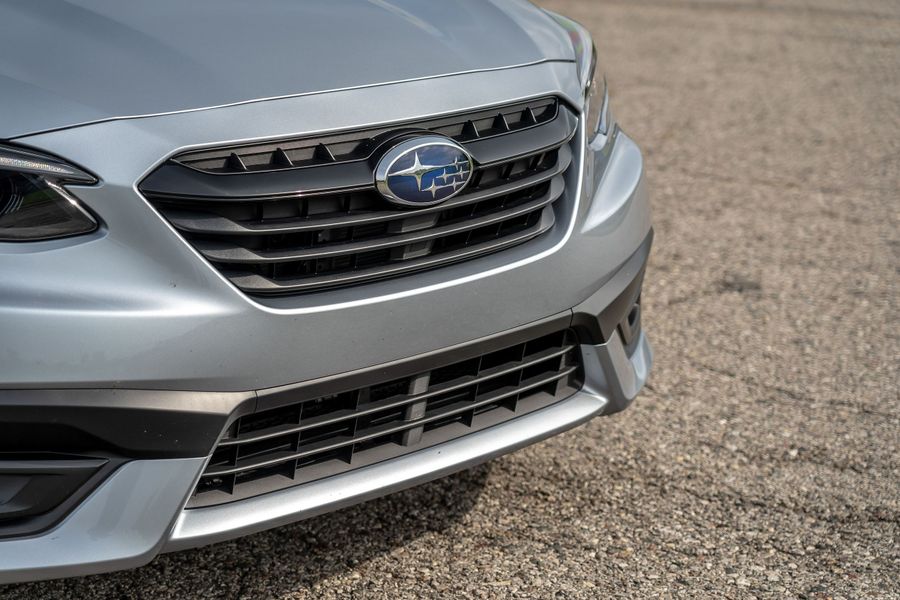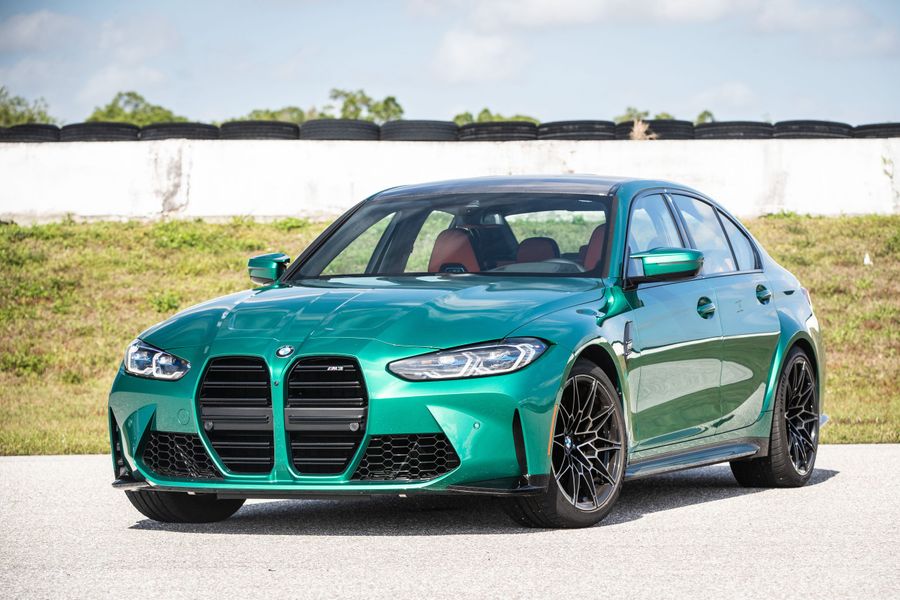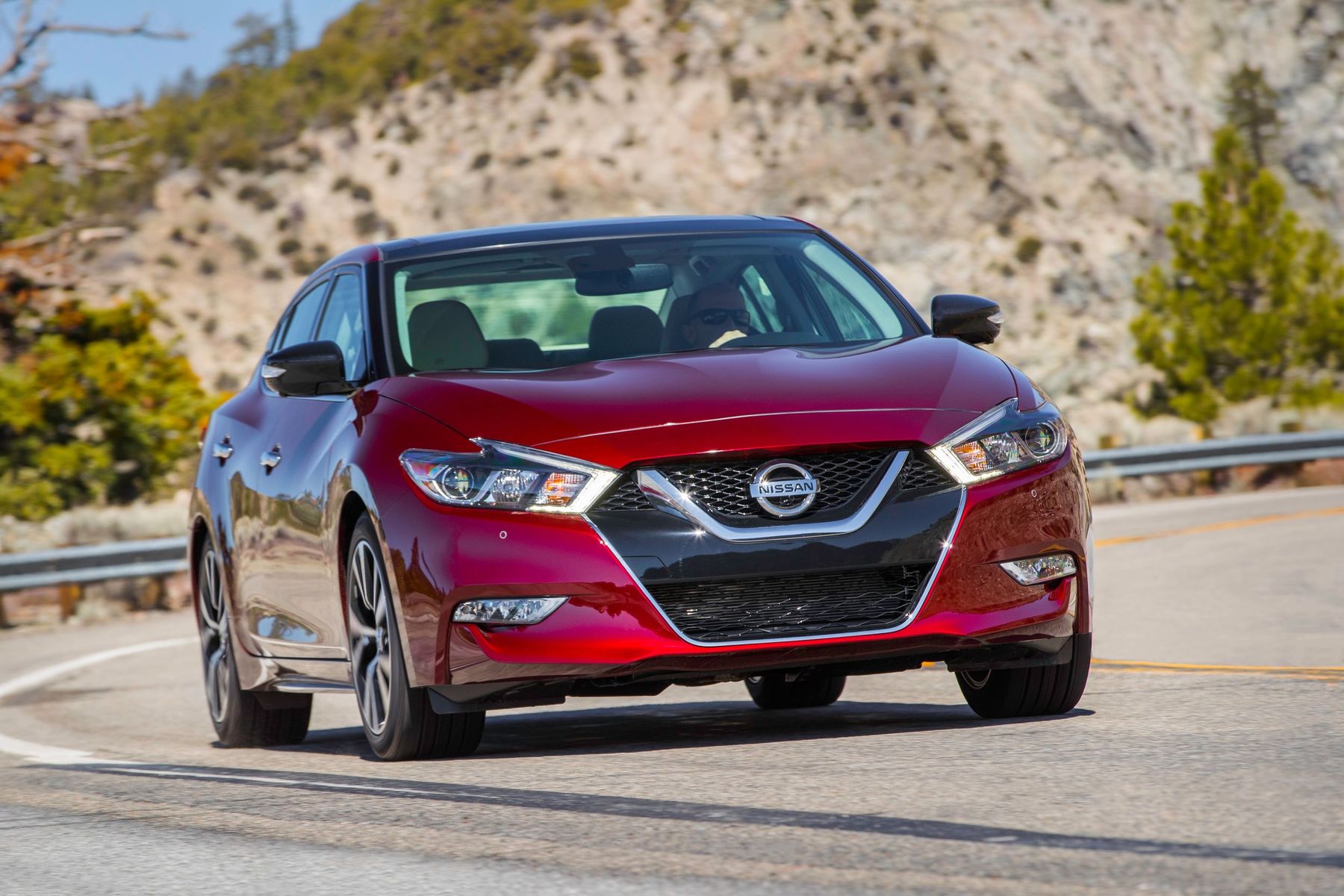
Nissan Maxima
The Nissan Maxima is a full-size car manufactured by Nissan as a five-seater sedan. It made its debut in 1982 under the name Datsun Maxima. In some markets outside North America, the name ‘Maxima’ has also been applied to the Nissan Cefiro and Teana.
The first generation
It was produced from 1981 to 1984. The first Maxima car was a Japanese Datsun Bluebird with an elongated nose. The car was available as a sedan or estate. The sedans had an independent rear suspension, whereas the estates had a drive axle with springs. Since 1983, North American Datsun models have been featuring Nissan’s logo.
The first Maxima could be equipped either with a 2.4-liter petrol engine (120 hp) or a 2.8-liter 6-cylinder LD28 OHC diesel engine. There was a choice between a 5-speed manual and a 4-speed automatic transmission.
The car was distinguished, among other things, by the phonograph-based voice warning system. For example: ‘The door is open, the key is in the ignition’. The 1981 predecessors were the first ‘talking cars’ in the United States and offered only one voice warning: ‘Please turn off the lights’.
The second generation
It was produced from 1984 to 1988. The second Maxima came with a 3-liter VG30E V6 engine producing 157 hp and a 4-speed automatic or 5-speed manual transmission. This was the first V-6 to be mass-produced in Japan. It was available as a sedan and an estate. In the distinctive US market, the car was considered to be compact.
For that time, the model was very well-equipped: power windows, locks, power seats, heated front seats, remote trunk opening, voice warning system, leather seats, as well as an optional on-board computer and electric sunroof.
In 1988, the exclusive Sonar Suspension System was introduced. It used sonars to track road conditions ahead and adjusted the shock absorbers accordingly. In the Japanese market, the car was presented either as a 4-door hardtop sedan without B-pillars, or as a regular sedan with a 2-liter V6 engine.
The third generation
It was produced from 1988 to 1995. The third Maxima acquired a new body, thanks to which it became the second Japanese sedan, which was qualified as a ‘mid-size’ car in North America (after the Mazda 929). The sedan was equipped with a 3-liter V6 VG30E engine (160 hp), and since 1991 it was replaced by the VE30DE 190 hp. Both manual and automatic transmissions were available.
The third generation Maxima was equipped with an independent rear suspension and offered a road scanning system with an electronic Super Sonic Suspension system (sonar). An interesting feature was the digital system that made it possible to lower the windows and open the sunroof from outside the car using a keyboard built into the front door handle. The package also included projectors that transmitted a holographic image of the vehicle speed to a small screen in the windshield (and this was back in 1989-92!). After the 1991 restyling, the car acquired a driver’s airbag.
The fourth generation
It was produced from 1995 to 2000. In North America, the sedan was equipped with a new 3.0-liter VQ30DE engine with 190 hp, which took first place in the list of Ward’s 10 best engines, and held this position 18 years in a row. The new engine, coupled with a manual transmission, propelled the sedan to 60 mph in 6.6 seconds, making it the fastest Japanese sedan on the North American market at the time. The independent rear suspension was replaced with a lighter and cheaper torsion bar axle, which was the way for the Japanese manufacturer to cut costs after the crisis. Nevertheless, the car won the Best Imported Car of 1995 Award (by Motor Trend magazine) and was ranked one of the top 10 cars by Car and Driver (1995-96).
In Japan, the fourth Maxima was sold under the Cefiro name and was available with 2- and 2.5-liter V6 engines with 155 or 190 hp. In Europe and other parts of the world, the car was known as the Maxima QX, and it was identical to the Japanese version. In Europe, two engines were offered: a 2-liter V6 with 140 hp. from and a 3-liter engine.
In October 1996, after the restyling, the car acquired a renewed exterior and a slightly changed interior. Later, side airbags fitted in the front seatbacks were added as an option for the SE and GLE versions.
The fifth generation
It was produced from 2000 to 2006. The fifth Maxima had a 3.0-liter V6 engine with 222 hp, ensuring acceleration from 0 to 60 miles per hour in 7 seconds. There were three trim levels (basic GXE, luxury GLE and sporty SE). This generation formed the basis of the Infiniti I30.
In 2002, the engine was replaced. Thus, the entire range of cars now was equipped with a 3.5-liter engine with 255 hp, which, together with the manual transmission, accelerated the car to 60 mph in 6 seconds. In addition, the sedan featured a new design, a 6-speed manual transmission, and new 17-inch alloy wheels.
In 2003, a special SE Titanium Edition was released, which was completed with glossy titanium wheel rims and titanium interior elements. The Meridian Edition included heated seats and steering wheel and a GPS navigation system.
The sixth generation
It was produced from 2003 to 2008 and sold only in the United States, Canada and Mexico. The sedan was equipped with a V6 VQ35DE engine (265 hp). The car had an independent rear suspension (multi-link scheme). As standard, the roof of the car was decorated with transparent SkyView panels or the more familiar sunroof. The SE Sport trim level came standard with 18-inch alloy wheels, stiffer suspension, rear spoiler and optional 6-speed manual transmission. The luxurious SL came with 17-inch alloy wheels, natural wood interior trim, Bose stereo system, leather seats, and xenon headlights.
In 2007, the American Maxima became available with the standard Xtronic CVT. A manual transmission was no longer offered, but the CVT had a manual mode. The exterior and interior were slightly restyled. The sixth Maxima models, sold in the United States, were loved for the balance between sport and luxury, while other models were more focused on comfort.
The seventh generation
It was produced from 2008 to 2015. The seventh Maxima, built on the Nissan D platform, acquired an enlarged body. The body and exterior design was somewhat similar to the Infiniti sedans. The car became the North American flagship of Nissan’s front-wheel-drive sedans. Equipped with an upgraded VQ35DE engine (290 hp) and an Xtronic CVT, the car accelerated to 60 mph in 5.8 seconds. It was offered in S and SV trim levels. A button was used to start and stop the engine.
After the restyling in 2012, the car featured a new radiator grille, taillights and new 18 and 19-inch alloy wheels, as well as a choice of three new body colors. The interior was slightly modified. The new Limited Edition included smoky xenon headlights, 18-inch dark silver alloy wheels, a rear spoiler, a new chrome grille and exterior mirrors with integrated turn signals and metal trim.
The eighth generation
It has been produced from 2015 to the present, and was restyled in 2018 (as of 2020). Nissan has restored the car’s sporty image. It has become 30 kg lighter, and the interior design is inspired by cosmic motives. The engine power has increased to 300 hp. The eighth Maxima is available in nine body colors and five trim levels: S, SV, SL, SR and Platinum. Also in 2016, a special SR Midnight Edition was introduced, which removed most of the chrome elements and added a sportier look to the car. It looked very strict and stylish.
In Israel, the car comes with a 3.5-liter engine generating 300 hp. The upgraded Maxima was unveiled at the 2018 Los Angeles Auto Show. The car features a refreshed exterior, new interior trim colors and better materials.


